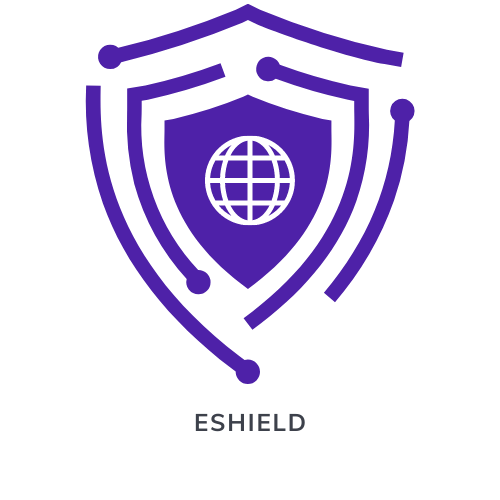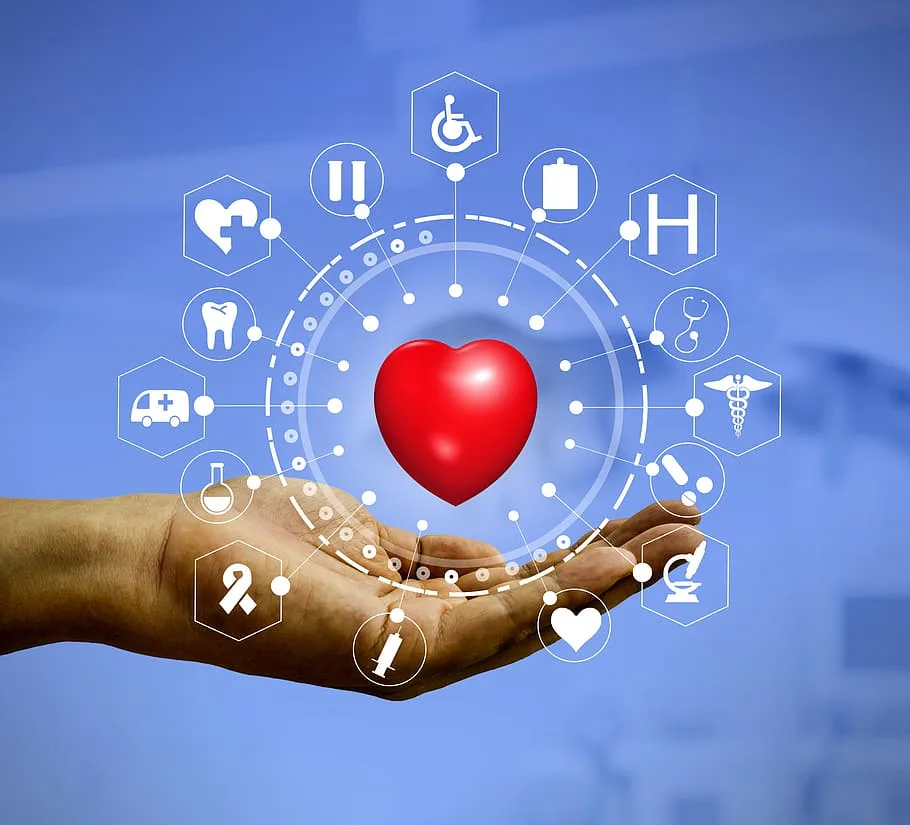HEALTHCARE CYBERSECURITY
Healthcare cybersecurity is an essential basic for any association in the clinical business. It ranges from medical care suppliers to guarantors to drug, biotechnology, and clinical gadget organizations. It includes different measures to shield associations from outer and interior digital attacks. Further it guarantees the accessibility of health services, the legitimate activity of healthcare frameworks and tools conservation of privacy and uprightness of patient information, and consistency with industry guidelines.
Why Cybersecurity in Healthcare is important?
Cybersecurity in healthcare continually manages developing digital threats that could imperil patient well-being and safety. It is encouraged that emergency hospital C-suite executives and senior administration try not to see cybersecurity as a simply specialized issue that main their IT offices can handle. All things being equal, it is important to remember online protection for the hospital’s current enterprise, risks management, governance, and business progression structures is a top key need for patient security and venture risk.
Cyber attacks on Protected Health Information(PHI), Personal Identification Information(PII), and different projects likewise represent a risk to patient security and privacy. Like ransomware attacks, patients and medical staff can lose access to medical records, and devices, and attackers can decrypt the data and can illegally hold files in their possession. Attackers can also deliberately or unintentionally alter patient information and can cause serious damage to their health.
Reasons for Threat Agents to attack Healthcare Industry
- Cyber attacks are common in every industry, the healthcare industry is not an exception. Healthcare organizations deal with a broad range of cyber threats. Healthcare companies use various connected devices such as IoT, etc. Use of individual endpoints that might need adequate endpoint security at healthcare facilities, and various third parties having access to sensitive information of patients and hospital assets. Further, the expansion of home working and virtual doctor visits caused by the Coronavirus and the quickly carried out yet not generally appropriately got supporting IT foundation has set out many more open doors for attackers.
- The worth of PHI to threat agents is high, because of the extravagance of sensitive information that these records contain that can be utilized for fraud, identity theft, etc. Subsequently, every clinical record can get many dollars on the black market.
- Disturbance in medical service offices and not being able to access the medical records and patient data that would require for performing critical procedures can, actually cost lives. Furthermore, privacy guidelines like HIPAA force huge fines for PHI revelation. Punishments for HIPAA infringement connected with “privacy, security, breach notification, and electronic health care transactions” can reach $1.81 million each year.
Healthcare Stakeholders
- Patients: Patients should know about secure communication methods with medical services professionals. Moreover, patients should know about the privacy and security strategies and skill to safeguard their data if they communicate virtually with their medical care professionals, whether through a telehealth stage, visits, encrypted messaging, or another technique.
- C-Suits: Nowadays, healthcare industries appoint chief information security officers (CISOs) to take major cybersecurity-related decisions. CISOs frequently focus on strategies, and the cybersecurity team reports to the CISO and follows CISO’s instructions. The CISO is a C-suite executive who should be on par with CFO, chief information officer, and other C-suite executives.
- Healthcare Workers: The workforce should know the medical services organization’s privacy and security rules. Standard security awareness training for healthcare cybersecurity is vital to educate staff workers about cyberattacks and risks and understand what to do during a cybersecurity attack. Moreover, employees should know who to go to with inquiries or issues. Understanding what works and what does not work to secure the IT infrastructure and data can aid the cybersecurity team.
- Vendors/Third Parties: Cyber attackers can exploit the vulnerability of the third party and can infiltrate the data of the third parties and vendors to target the continuity of the business. This can lead to supply chain attacks and hackers gain access to confidential information.
Cybersecurity Attacks
- Phishing: Computer systems can become contaminated with malware through attachments and links in phishing messages, social media posts, or emails.
- Ransomware: As well as encrypting information and requesting money to decode it, cyber crooks block access to the whole healthcare system, delivering surgical instruments and life support equipment inoperable.
- Man-in-the-middle Attack: Cybercriminals sneak on private (and vital) client data during information moves or conversations, bringing about critical misfortunes and fines for data breaches.
Solutions for Cyberthreats in Healthcare
- Control Data Consumption: Malicious record activity must be contained and seen by hospitals. They can accomplish this by setting up frameworks that limit access to sensitive information, prevent unapproved messages from being shared, block copies to outside sources, etc.
- Record Data: Monitor data to quickly recognize unauthorized access to patient records. Logs will help a hospital in a cyberattack by permitting them to detect and close the data breach.
- Access Management: Restrict access to confidential information and patient records. Only privileged accounts can have access to hospitals’ critical assets and confidential information of patients. This will reduce the risk of cybercriminals getting unauthorized access to the data.
- Password: All sensitive information must be password protected and should use retina/face scan, fingerprint, etc. to advance the security of information.
- Cryptography: To encrypt information during transmission and capacity, utilize modern cryptography. a secure multiparty computation or distributed ledger systems are a few examples of homomorphic encryption.
Emergency Resources for Healthcare Cybersecurity
Each healthcare institution should have, both fundamental and refined safety measures set up. This can ensure layered security, to such an extent that assuming one control falls flat, another will be there to back it up. As an outline, a virus could break an organization’s firewall but can be stopped by antivirus software. However, we can not avoid every security episode. Here, blocking and handling become significant. For healthcare cybersecurity, a solid incident response plan is very necessary to prevent or reduce any security risks effectively.
The basic security measures include:
- Antivirus
- Data/file backup and restoration
- Prevention of data loss
- Gateway for email
- At-rest encryption
The following are some of the advanced security measures:
- Preventing theft tools
- Disaster recovery and business continuity plan
- Electronic forensics
- Segmenting the network
Compliances
-
Health Insurance Portability and Accountability Act (HIPAA):
HIPAA sets the rules for sensitive patient data. Organizations that process PHI should have physical, network, and security measures set up and guarantee adherence to these to comply with HIPAA. Inability to do so may bring about the burden of a massive fine – regardless of whether no PHI infringement happens – while the infringement could bring about criminal or civil prosecution. Failing to meet the guidelines can result in penalties starting from a minimum payment of $100 and going up as high as $1.5 million on a per-incident violation basis.
-
Federal Trade Commission Act (FTC Act):
This act forces administrative conventions to manage unjustifiable cases and misbehaviors in organizations, likewise connecting with issues of protection and general information security challenges. Unwarranted cases about the use of an application are covered by this regulation. FTC’s Health Breach Notification Rule mandates select organizations to report information breaches, for example, individual health records.
-
Federal Food, Drug, and Cosmetic Act (FD&C Act):
The Food and Drug Administration is shared with execute this regulation. Their primary goal is to guarantee that medical devices, mobile applications included, qualify by standard rules and are in this manner protected to be consumed as a group. It’s vital we notice that not all medical services applications fall under this purview but rather a chosen handful. These are the ones that if neglected to follow through on claims present serious results to customer health.
-
The HITECH Act:
The Health Information Technology for Economic and Clinical Health Act was presented when Barack Obama was president of the USA in 2009. The motivation behind the HITECH Act was to advance the enterprise adoption of Health Information Technology through Electronic Health Records (EHRs).
Please visit our Services page for a full range of services offered, and for more info:


